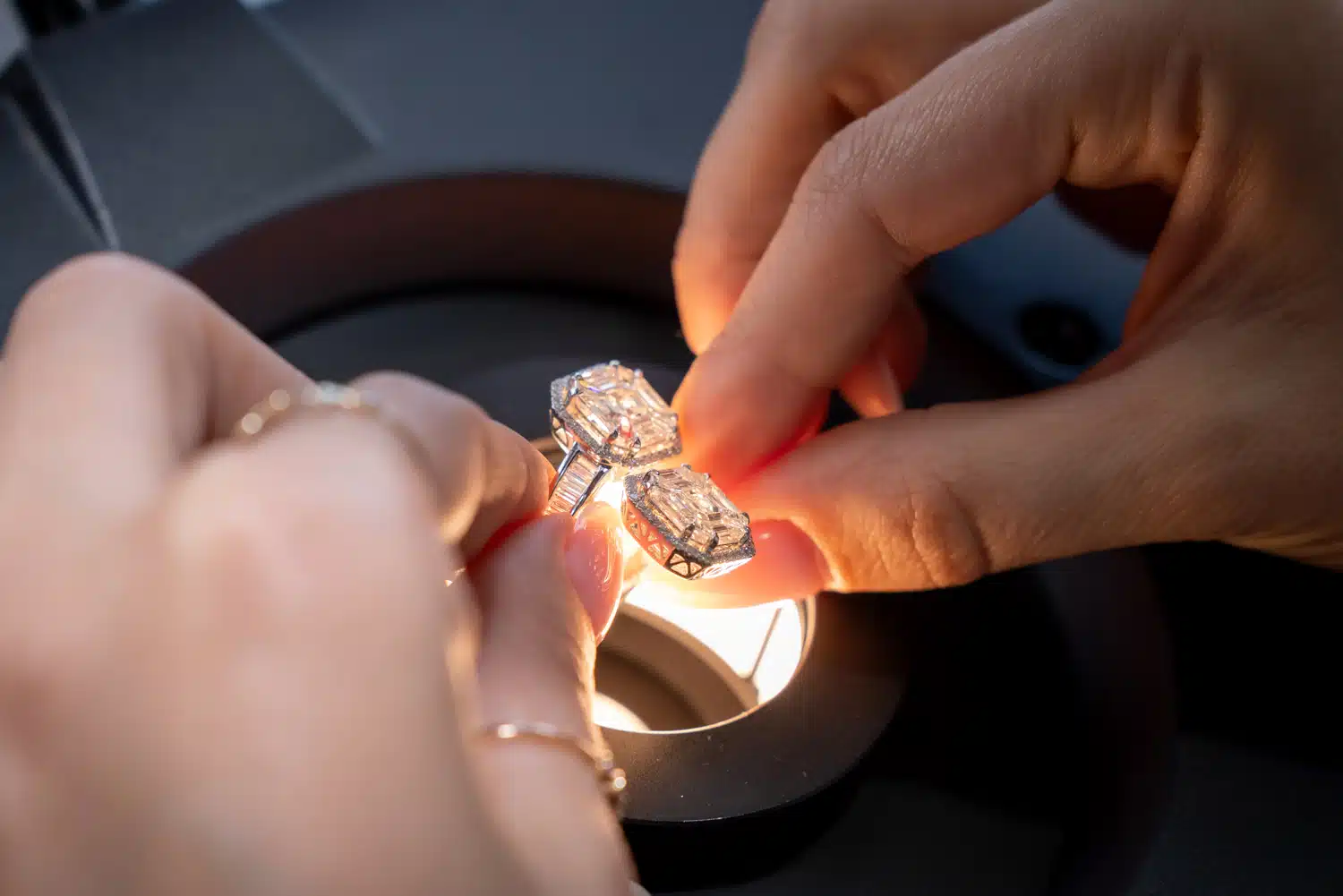Underfloor Heating Project – A Key Element of Comfort in Your Home
Underfloor heating, although not a new invention, has been gaining increasing popularity among modern homeowners and apartment residents in recent years. Its main advantage is its invisibility to the eye, while simultaneously providing uniform warmth throughout the room. A properly designed underfloor heating system can bring significant benefits in terms of comfort as well as economy. However, to fully exploit its potential, it’s essential to understand the factors that influence its efficiency. In this article, we’ll take a closer look at what stages the underfloor heating project entails, what benefits it offers, and what potential challenges may be associated with its installation.
Why Has Underfloor Heating Become So Popular?
One of the main reasons people opt for underfloor heating is its ability to provide even heat distribution. Traditional radiators often concentrate heat in one place, while underfloor heating spreads warmth uniformly, resulting in user comfort.
Furthermore, underfloor heating is more discreet than traditional radiators. Being concealed beneath the floor surface, it doesn’t interfere with interior aesthetics and provides greater freedom in space arrangement.
Another factor in its favor is that the low-temperature operation of the underfloor heating system is more energy efficient, which translates into lower heating bills.
How To Properly Design An Underfloor Heating System?
Needs Analysis
At the very outset, it’s crucial to thoroughly analyze your needs. Should underfloor heating be the sole source of warmth in the house? Or should it only supplement another system? Answers to these questions will affect the design and the materials used.
Choosing the Right Materials

Not every floor type is suited for this kind of heating. It’s crucial to focus on materials that conduct heat well and are resistant to high temperatures. Ceramic tiles, stone, or concrete are ideal materials, whereas wood or certain types of flooring might require special consideration.
Accurate Power Calculation
This is a stage where professional expertise is pivotal. It’s essential that the implemented system is tailored to the requirements of a particular room. Overpowering can lead to excessive energy consumption, while underpowering can result in insufficient heating.
To delve deeper into the topic of underfloor heating system design, it’s recommended to visit the Remont.biz.pl portal. This is a platform where experts share their knowledge on the subject, offering practical tips and recommendations.
Benefits vs. Challenges of Underfloor Heating
In addition to the previously mentioned advantages, it’s worth noting that underfloor heating works wonders in homes with allergy sufferers. The absence of traditional radiators reduces room dust levels.
However, like any solution, underfloor heating has its challenges too. It requires meticulous planning, and its installation is more complex compared to traditional radiators.
Conclusion
Underfloor heating is an excellent choice for those who value comfort and interior aesthetics. With proper planning, it’s also energy-efficient. If you’re interested in this solution, it’s advisable to seek expert guidance and thoroughly contemplate the entire project. This article was created in collaboration with the remontowo-budowlanym Remont.biz.pl portal – Your source of knowledge about renovations and construction. Expertises, tips, trends – everything for your project. To ensure you don’t miss any new posts from this publisher, consider following them on Google News.











